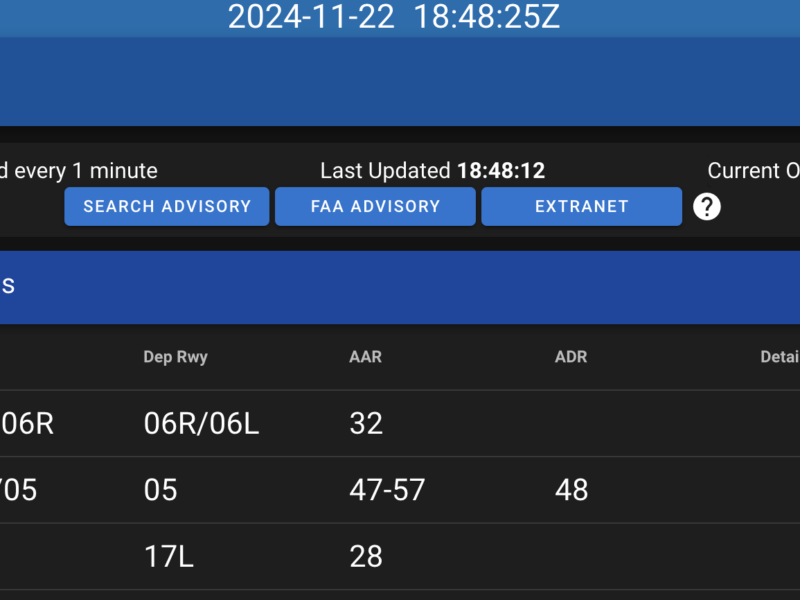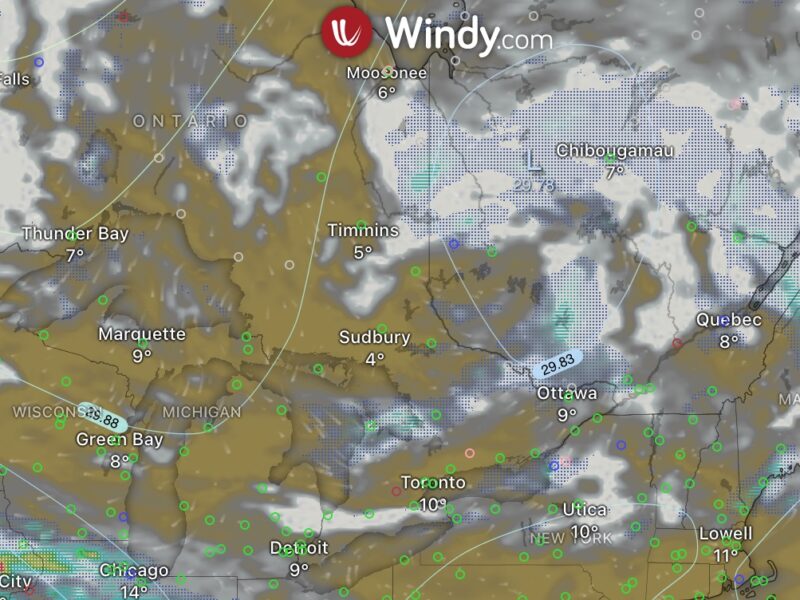I have yet to venture into YYZs class C airspace in the 1.5 years I’ve been flying out of Buttonville. There has been no need for me to, until now.
I want to head over to Guelph (CNC4) via Brampton (CNC3). The quickest route takes me just north of Pearsons control zone. I highly doubt I can fly through there at 4500′ and I really don’t want to fly under the class C shelf at 1600′.
I suspect that my only option would be to plan for something higher, like 8500′. I guess it also depends on which runways are in use at Pearson as well.
So my question to you is:
– How would you file a VFR flight plan from YKZ to CNC4 via CNC3? It must penetrate the Class C airspace (I need practice dealing with flight following)
– Will YKZ Ground give me a squawk code?
– Will YKZ Tower also advise me to contact Toronto Terminal on a specific frequency?
– What kind of deviations from my planned route will ATC give me?
Ideally would like to do this with minimum headache to myself and the controllers.
I’m going to speak to my FI about this as well, but I’d like to hear your opinion as well.


The normal VFR route from Buttonville to Guelph or Waterloo is to fly at 2,000 ft down the 404/DVP to the lake, follow the lakeshore through City Centre’s zone to where the stacks used to be, then head northwest and climb to 2,500 or so to get over the escarpment. You’ll get a handoff from Buttonville tower to City Centre, then from City Centre to Toronto Terminal for flight following. It’s a longer than direct, but you can pretty-much always get it, and it’s a beautiful flight. Depending on traffic, terminal may also let you fly 10 nm or so north of Pearson above 5,000 or 6,000 ft (they did that for me last time, and all of the departing jets had a 5,000 ft altitude restriction until they were past me).
Unless it’s 3:00 am, your odds of actually going through YYZ’s control zone are close to zero, but Toronto terminal is entirely different — it deals with lots of VFR traffic, and it’s no big deal talking to them, just like following vectors and altitude restrictions from Buttonville Tower. They’ll give you a squawk on first contact if you don’t already have one, and even if you do have one, they might change it.
You might want to have a talk with your FIs about why you never talked to terminal during PPL training — it seems like a wasted opportunity, training out of an airport right under Canada’s busiest airspace, and I they might unintentionally be cheating their students. When I trained at Ottawa, they had us talk to Ottawa Terminal on *every* flight to and from the practice area, even through we were with them for about 5 minutes and probably could have avoided them by staying low. Later, when I flew around Toronto, Montreal, New York City, Halifax, Philadelphia, Boston, etc. it was no big deal dealing with ATC because of all the previous practice.
Even IFR going between YKZ-YKF we went at 4000 in order to get the most direct route. If you wanted 10,000 feet you would be sent about 30 miles around.
Have fun !
Flight following for VFR is no biggie. In my case I simply switched over to Moncton center and called them up. Told them who and where I was and then asked them nicely for flight following. They were always nice and helpful. I can’t see me doing any cross countries without requesting it.
They always gave me a squawk code and sometimes asked me to ident for positive ID. It’s nice having another set of eyes watching over you and yours. They always gave me a call whenever anything got near, long before I could see it.
In general, to transit a particularly significant area of airspace, grab the CFS and VTA and look for VFR routes and procedures. Don’t forget to look at the back of the VTA. There may be diagrams of routes to take, a list of procedures, information to give on initial contact and where to get your code from. If you’ve familiarized yourself with the available information and there are no special instructions, then you can just follow the normal class C rules: establish radio contact and obtain a clearance before entering. And make sure your transponder works and the previous pilot hasn’t left you an airplane with a non-working transponder and not told you. Ahem.